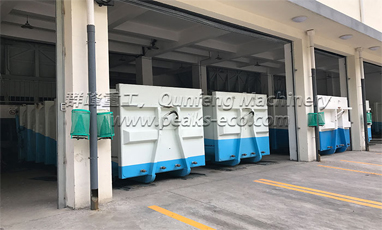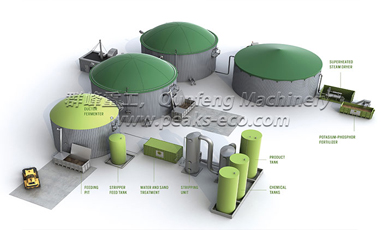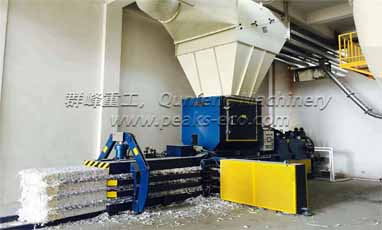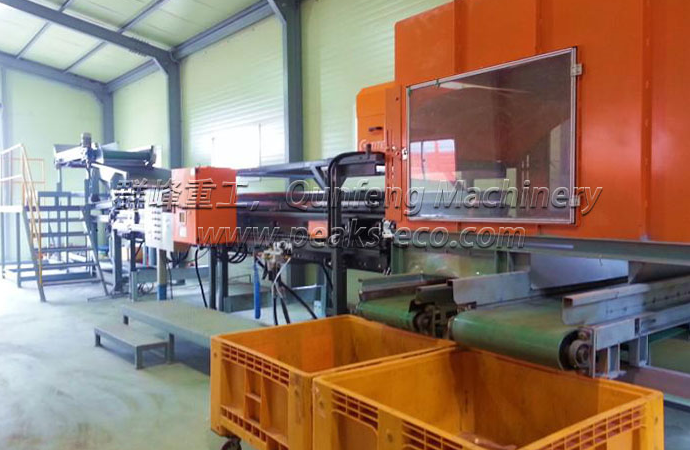Waste transfer stations are light industrial facilities that temporarily separate municipal waste as it ends up in landfills or is converted to energy. Typical activities at the waste transfer station include unloading garbage trucks, pre-screening and removing inappropriate items (such as car batteries), compacting, and then reloading onto larger vehicles, including trucks, trains, and barges, to transport them to their final destination.
In urban areas, the location of waste transfer stations can be highly controversial. As a result, these facilities are usually completely enclosed. They may be located in the same location as the material recovery center.
Benefits of transfer stations
Transfer stations are a key component of cost-effective solid waste transport. By transferring the waste from local collection vehicles to larger trailers or other modes of transport such as barges and railways, the cost of transporting it to distant disposal sites can be greatly reduced, freeing up dedicated collection vehicles and staff to devote time to actual collection activities.
Here are some of the main advantages:
By reducing the number of vehicles on the road, fuel is saved, road wear is reduced and air pollution is reduced.
Drop-off places to provide rubbish and recyclable materials to the public.
Reduces total traffic congestion in the community by transferring it to larger vehicles.
Reduces the total flow of trucks and improve the safety of landfills or waste-to-energy facilities.
Provides an opportunity to screen incoming rubbish for removal of hazardous waste or recovery of recyclables.
Operation basis of the transfer station
Here are some insights into the daily operation of the transfer station:
Arrival and weighing: Inbound commercial vehicles are first directed to the weighing room. Weigh the load and evaluate the applicable tip. If the transit station also allows the public to dispose of solid waste, there may be separate queues and sizes for this purpose.

Tipping, processing, and reloading: Unloading vehicles at the main transfer building. Solid waste may fall onto the floor, into a pit, or immediately onto another vehicle. During this process, station staff will screen the waste for unauthorized materials. Compacting the waste is used at some transfer stations to increase the payload of the outbound trailer.
Facilities: The facility usually consists of a scale location and an enclosed building in which dumping and displacement occurs. The property needs enough space to facilitate vehicles lining up in the size and main building. Also, there should be a parking space for outbound transfer trailers. Staging unacceptable garbage will require additional properties. Some waste transfer stations provide space for the public to dispose of green waste or other approved recyclables.
Basic equipment: In addition to scales, transfer stations usually use equipment such as front-end loaders, cranes, conveyors, walking floors, and compactors.
Staffing: Waste transfer stations require customer service and weighing room operators, traffic controllers, equipment operators, maintenance technicians, and other technical and managerial personnel.
Waste transfer station locations
While overall traffic has decreased, truck traffic near transfer stations has increased. In this way, the refuse transfer station can benefit from its location in the industrial zone and be easily accessible to the main transport routes.
Noise associated with heavy trucks, front-end loaders, and conveyor belts may be of concern to neighbors. Design details such as frustration, insulation, and casing can play an important role in allaying such concerns.
Certain types of garbage, especially organic materials, can cause odor problems. Odor issues are resolved by paying attention to facilities and doorway locations, ventilation systems, and first in-first out systems to ensure that garbage does not stay in the transfer station for longer than necessary.
Rodents and birds can be a problem without containment facilities, regular emptying and cleaning facilities, and pest management plans.
Trucks or transit stations may litter. Care must be taken to fully cover the tarpaulin and the landscaping of the facility should provide a windshield to remove debris accumulated in gusts.


